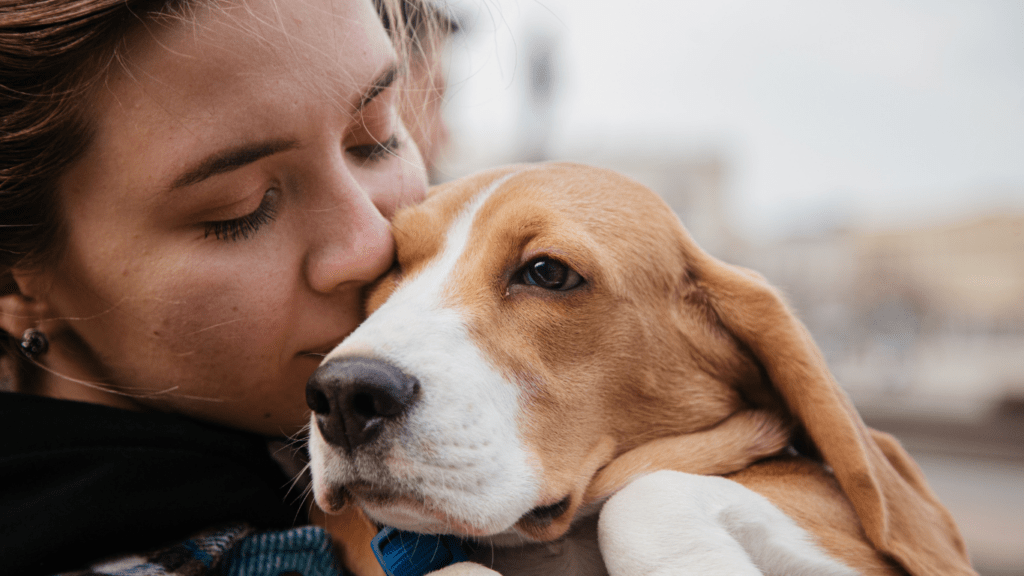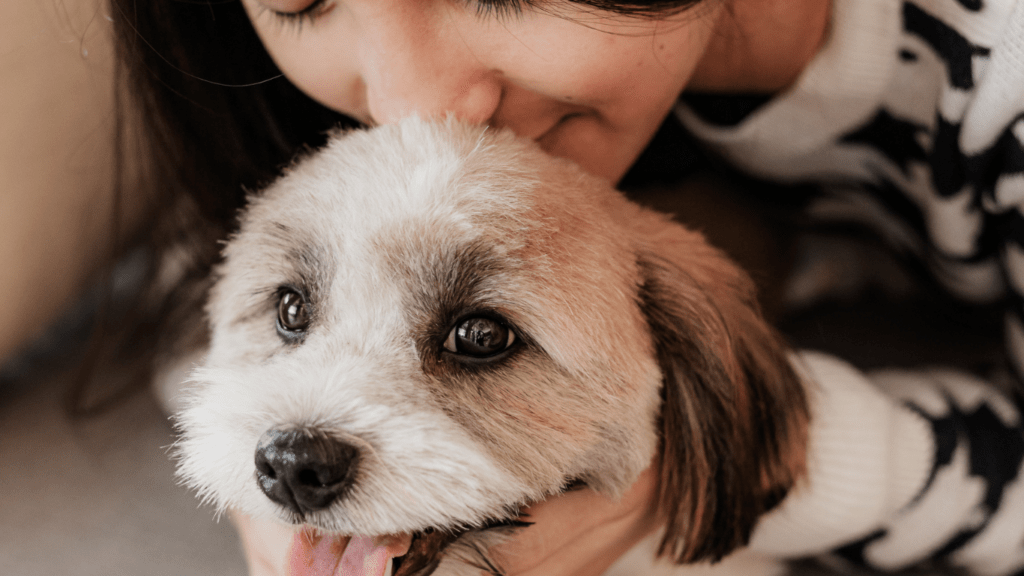If there’s one thing I’ve learned in my years as a pet owner and animal behavior expert, it’s that our furry friends can experience anxiety and stress just like we do. In this article, I’ll share some valuable insights and expert advice on how to help your beloved pets cope with these challenges.
From separation anxiety to loud noises triggering fear, there are various factors that can contribute to your pet feeling anxious or stressed. As a pet parent, it’s essential to recognize the signs and provide the necessary support to help them feel safe and secure.
I’ll delve into practical tips, proven techniques, and effective strategies that can make a significant difference in managing your pet’s anxiety and stress levels. Together, we can create a harmonious environment where our pets can thrive and live their best lives.
Understanding Pet Anxiety and Stress
Pet anxiety and stress are common issues that can significantly impact our beloved animals’ well-being. Just like humans, pets can experience a range of emotions that manifest as anxiety and stress. It is crucial for pet owners to understand the underlying causes and signs of these conditions to provide the necessary support and comfort to their furry companions.
Pet anxiety can be triggered by various factors, including separation anxiety, loud noises, changes in routine, fear of certain situations or environments, past traumatic experiences, or even underlying health issues. Recognizing the signs of anxiety in pets is essential to address the problem effectively.
Some common signs of pet anxiety and stress include excessive barking or meowing, destructive behavior, aggression, withdrawal, excessive grooming, pacing, panting, trembling, and changes in appetite or sleep patterns. By being attentive to these signs, pet owners can intervene early and implement strategies to help their pets cope with anxiety.
Creating a safe and secure environment for pets is key to managing their anxiety and stress. Providing a comfortable and designated space where pets can retreat to when feeling overwhelmed can offer them a sense of security. Additionally, incorporating regular exercise, mental stimulation, and positive reinforcement in their daily routine can help reduce stress levels and promote overall well-being.
Understanding the triggers that cause anxiety in pets is essential for developing effective management strategies. By working closely with a veterinarian or animal behaviorist, pet owners can explore various techniques such as desensitization, counterconditioning, behavior modification, and in some cases, medication to help alleviate pet anxiety and stress.
In the following sections, I’ll delve into specific tips, techniques, and strategies that pet owners can implement to create a calm and supportive environment for their pets, ultimately enhancing their quality of life and strengthening the bond between pet and owner.
Identifying Signs of Pet Anxiety
In understanding pet anxiety, recognizing signs of distress is vital for prompt intervention. Here are some key indicators to watch for:
Behavioral Changes:
Watching for behavioral changes in pets is crucial as they can signal underlying anxiety. Common behavioral signs of pet anxiety include:
- Excessive barking or meowing
- Aggression towards people or other animals
- Withdrawal or hiding
- Destructive behavior like chewing or scratching
- Changes in appetite or sleep patterns
Physical Symptoms:
Pet anxiety can also manifest in various physical symptoms that pet owners should be attentive to. Physical signs of pet anxiety may include:
- Excessive panting or drooling
- Trembling or shaking
- Pacing or restlessness
- Dilated pupils
- Licking or biting themselves excessively
Being observant of these behavioral changes and physical symptoms can help pet owners identify and address anxiety in their furry friends promptly.
Implementing Expert Strategies for Managing Pet Anxiety
Creating a Safe Environment
To alleviate pet anxiety, ensuring a secure environment is essential. This includes providing a designated safe space where your pet can retreat when feeling stressed. It’s important to maintain a consistent routine and minimize sudden changes in their environment. Additionally, creating a calm atmosphere with soothing sounds or music can help reduce anxiety levels for your pet.
Consulting with Veterinary Professionals
When it comes to addressing pet anxiety and stress, one of the most valuable resources available to pet owners like me is consulting with veterinary professionals. Veterinary professionals, with their expertise and experience in animal behavior and health, can provide crucial insights and guidance on managing pet anxiety effectively.
I’ve found that scheduling a visit to discuss my pet’s anxiety issues with a veterinarian can be incredibly beneficial. Veterinarians can conduct thorough examinations to rule out any underlying medical conditions that may be contributing to my pet’s anxiety. They can also offer tailored advice and recommend appropriate treatment options based on my pet’s specific needs.
In my experience, veterinary professionals can recommend various strategies to help alleviate my pet’s anxiety, ranging from behavior modification techniques to medication when necessary. They can also provide valuable tips on creating a conducive environment for my pet to promote feelings of safety and security.
By collaborating with veterinary professionals, I’ve been able to develop a comprehensive approach to managing my pet’s anxiety, tailored to my pet’s individual requirements. Their expertise has been instrumental in improving my pet’s well-being and overall quality of life. Consulting with veterinary professionals has given me the confidence and reassurance I need to support my pet through their anxiety challenges effectively.




 Johnford Hillarrio is a health and fitness advocate contributing to My Healthy Living and Strategies, where he shares his passion for promoting physical and mental well-being. With a background in exercise science and nutrition, Johnford focuses on helping readers find sustainable ways to improve their overall health. His content offers actionable tips on fitness routines, healthy eating habits, and maintaining mental clarity.
Johnford Hillarrio is a health and fitness advocate contributing to My Healthy Living and Strategies, where he shares his passion for promoting physical and mental well-being. With a background in exercise science and nutrition, Johnford focuses on helping readers find sustainable ways to improve their overall health. His content offers actionable tips on fitness routines, healthy eating habits, and maintaining mental clarity.